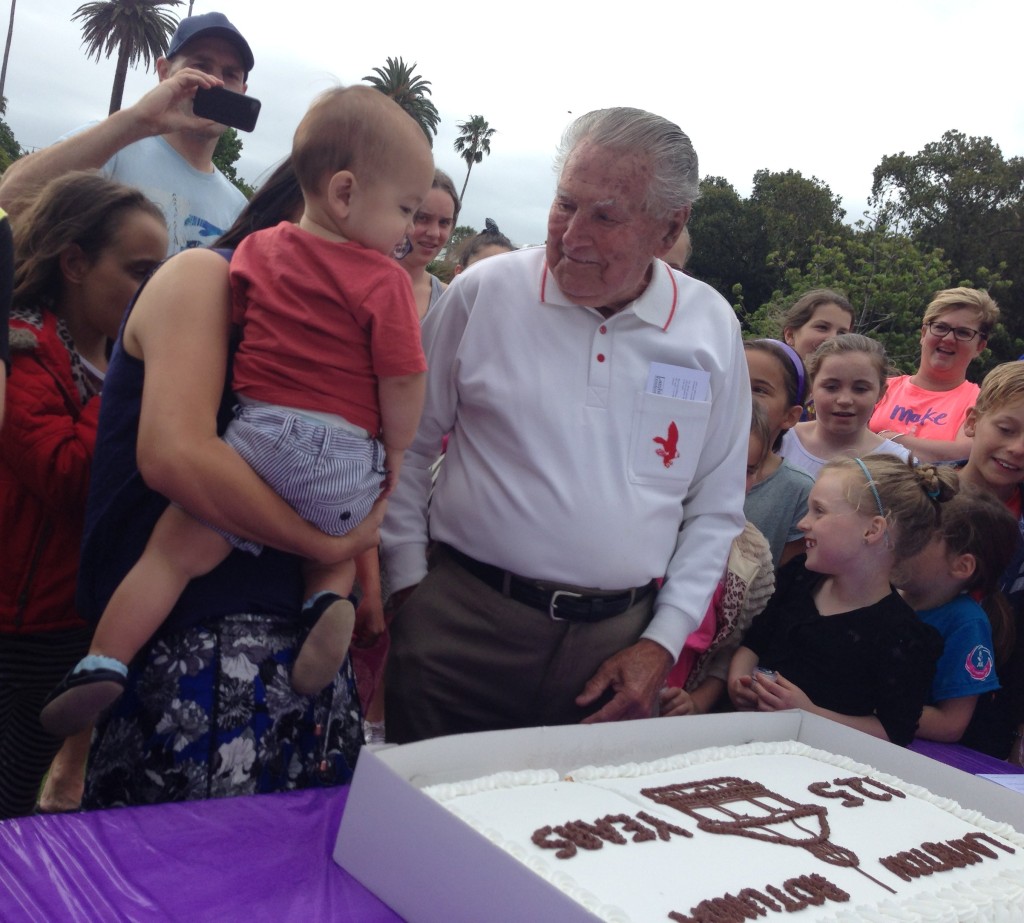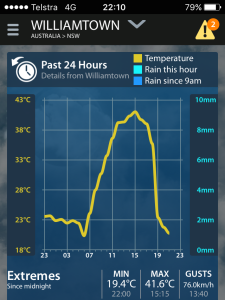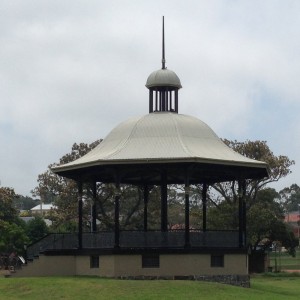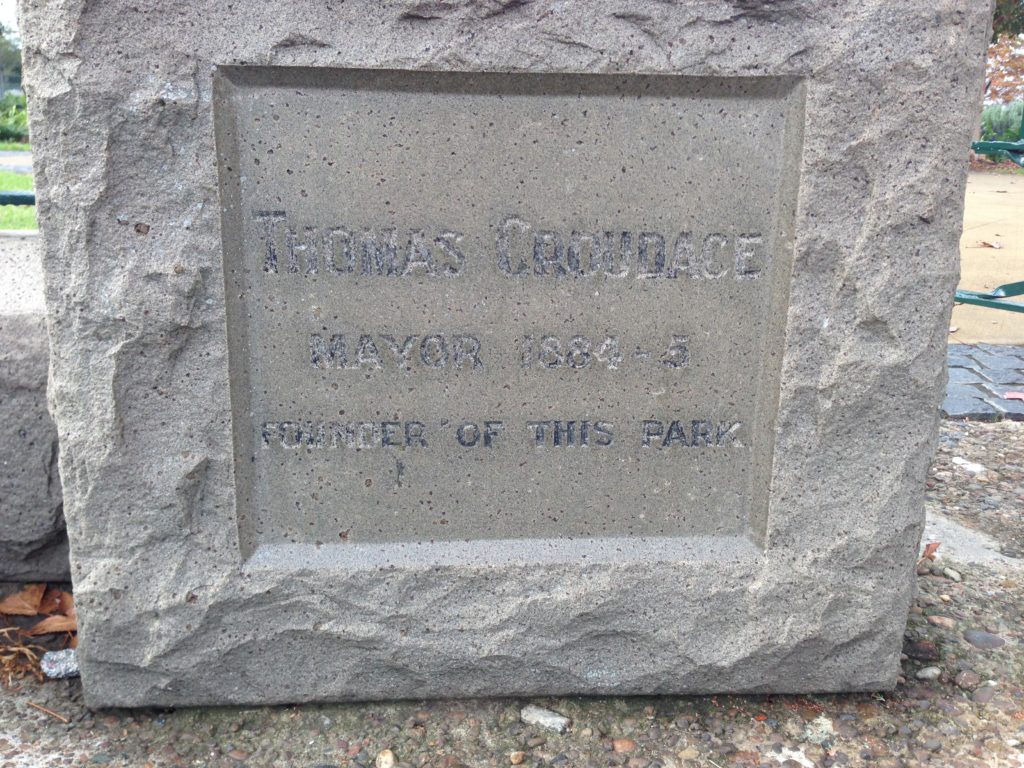The Lambton Residents group had a picnic celebration in the park today, celebrating 125 years of the rotunda.
Monthly Archives: November 2015
A date etched in history
The University of Newcastle Cultural Collections has this image of an etching of Lambton, that is dated “c. 1880’s”. Here’s my attempt to narrow down the date more precisely, assuming that the creator of the etching hasn’t left things out or added things in for artistic reasons.
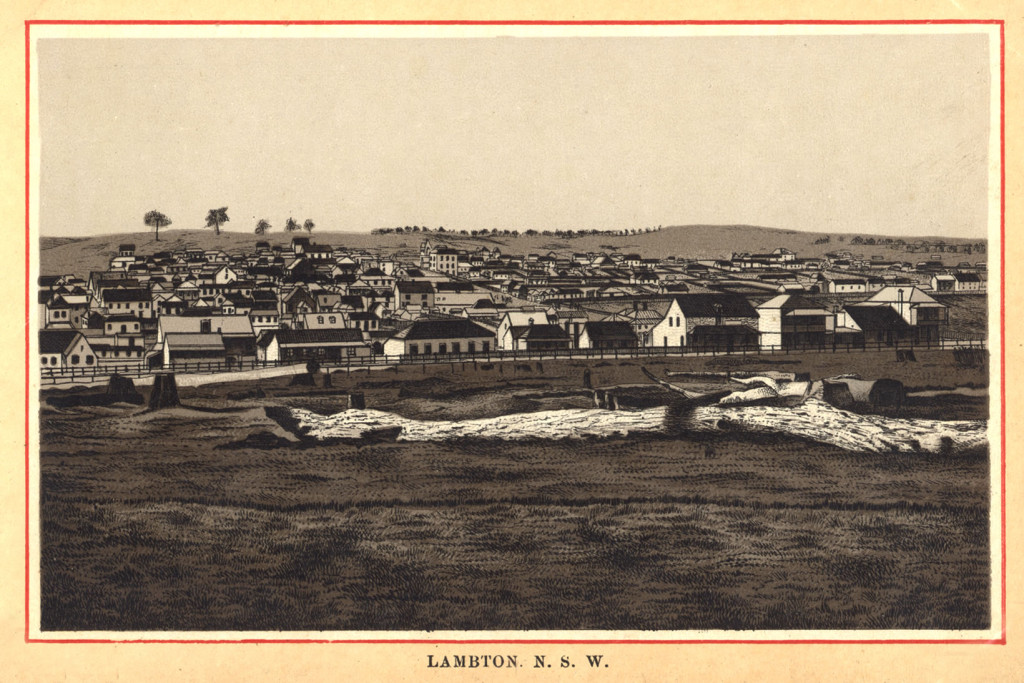
The first thing to note is in respect to two major Lambton buildings – the etching shows the Post Office in Morehead St, but not the Mechanics Institute in Elder St. This unequivocally dates the etching in the period 1884-1894.
Secondly, in the Elder St and Morehead St corner of Lambton Park, the council chambers built in 1887 is absent.
Thirdly, in looking at Lambton Park, it is noticeably empty – no buildings or trees or paths. This would suggest that the etching is from a time shortly after the land was cleared of houses (1884) and before any substantial work on developing the park commenced. Close inspection of the etching shows that the park is surrounded by a sawn picket fence, which again dates the etching to post 1884. Another article from 1885 says that a second shorter fence was being built around the park, twelve feet in from the outer fence. There is no sign of this second inner fence in the etching.
Putting all this together I would suggest that the date of the etching is 1884 – 1885.
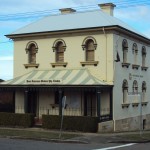
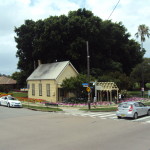
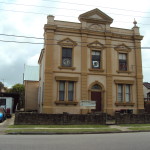
Hot and not
Shufflendipity
 Shufflendipity. noun. The amusing juxtaposition of two otherwise unrelated tracks when playing your music in shuffle mode.
Shufflendipity. noun. The amusing juxtaposition of two otherwise unrelated tracks when playing your music in shuffle mode.
Example: I was listening to my music in shuffle mode in the car earlier this week when I heard “America” by Simon and Garfunkel, immediately followed by “This is not America” by David Bowie.
All the rage again
It’s my 25th wedding anniversary today. The other contracting party to this celebration has a strong desire to maintain a non-presence on the internet, so the non-mention of that person in this blog post is out of respect, not disrespect. So instead, let me reflect on the nature of marriage from this quote from a 22 Jul 1874 newspaper article, which again uses that modern sounding phrase “all the rage” …
“Weddings are all the rage here at present. There has been three couple united in the bonds of wedlock since Friday last.”
Within this one sentence, marriage is described with the words “united”, “bonds” and “wedlock”; three words that emphasise the permanent joining together of two persons to become one flesh, a thoroughly biblical understanding. This is in contrast to the modern view of marriage as
- a partnership (rather than a unity);
- of two people hanging out together for mutual convenience (rather than a bond);
- while ever romantic feelings of love persist (rather than a wedlock of permanence).
I like the 1874 definition better, and hope it becomes all the rage again.
Happy birthday to the Rotunda
My November article for the Lambton Local is out now, celebrating 125 years since the Lambton Park Rotunda was opened. In a previous article I suggested that the Post Office is the most iconic building in Lambton and while still holding to that, I think the the most iconic structure in Lambton would have to be the Rotunda in the park.
One curious aside in the rotunda story is when Mr. W. Conn suggests in a letter to the editor that a plaque of public gratitude to Thomas Croudace be placed on the rotunda, that elicits some rather mocking, spiteful, and anonymous letters in response. One can only guess at what lies behind this, but it seems that someone had a bit of a grudge against Thomas Croudace and was using this occasion to sling a bit of mud. It seems incredible that the editor of the paper allowed these anonymous letters to be published, and I can only assume that the editor also had some grievance against Mr. Conn or Mr. Croudace.
Having learned what a pivotal role Thomas Croudace played in the establishment of Lambton Park, I think Mr.Conn’s suggested inscription is highly appropriate …
“Public Gratitude. To T. Croudace, Esq., chief instrument in securing to the people this beautiful park.”
 Update – 3rd June 2016
Update – 3rd June 2016
I just discovered today that on the memorial gates to the park on Morehead St erected in 1918, there is an inscription acknowledging the role of Thomas Croudace in the founding of the park. So Thomas Croudace did finally get an expression of public gratitude erected, just 28 years later than originally intended.

